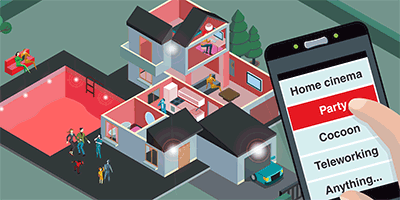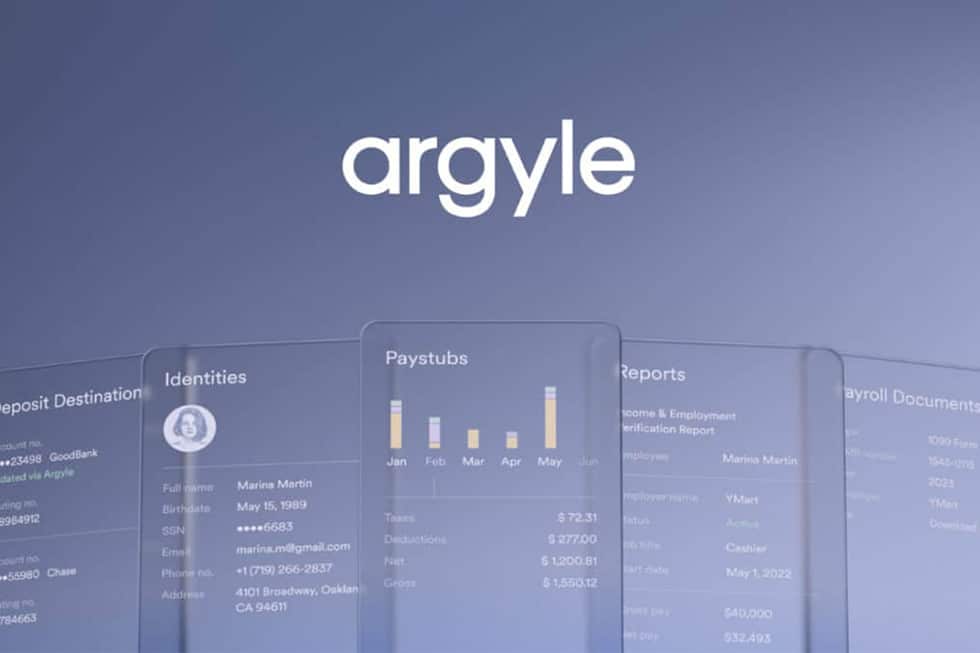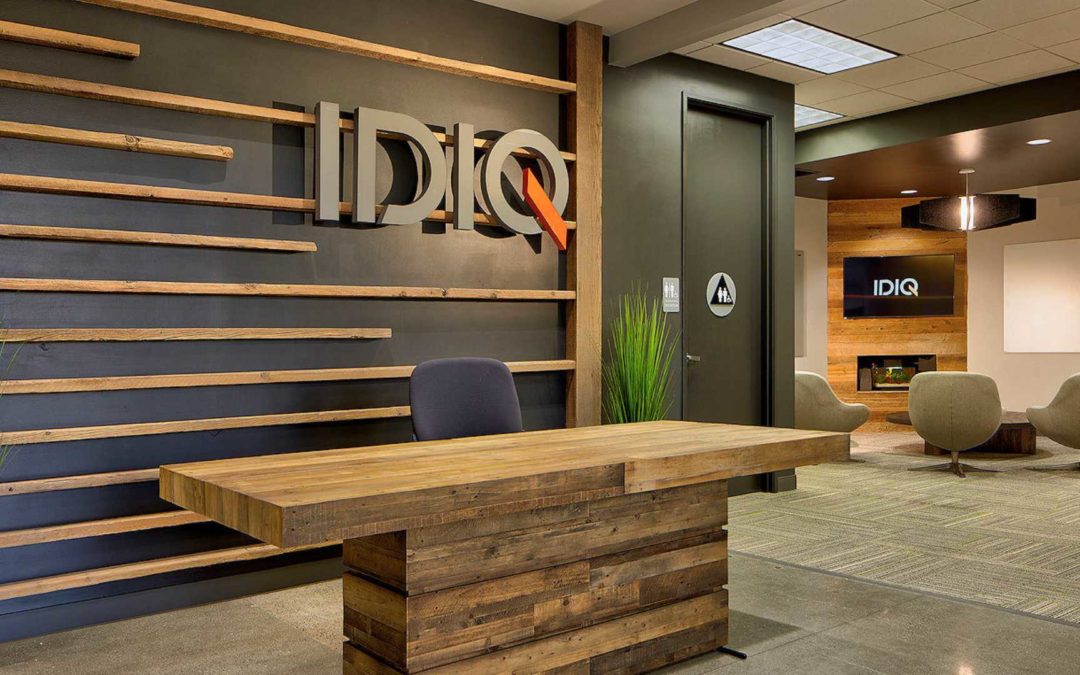The “smart home” market is moving fast and gaining acceptance among consumers, and we have the data to prove it. Juniper Research recently released a report predicting that the automation market is slated for a steep growth from $83 billion in 2017 to upwards of $195 billion by 2021. And this year’s impressive showing at CES (Consumer Electronics Show) in Las Vegas put the tech behind these numbers on full display.

Needless to say, CES 2017 was a place where many products related to home automation made their presence. Some of the expo’s top contenders include:
- Kwikset – introduced its latest smart lock, Obsidian with a touch-and-go feature for home security. No more giant keychain or fumbling with individual keys? Sign me up!
- Blink – launched a DIY home security ecosystem, Seecurity featuring door and window sensors, as well as high-tech camera integration to monitor your home.
- Zigbee – Dotdot (how can you not love the name) is the new “universal language” for Internet of Things (IoT) devices. This open-platform software enables dialogue across your IoT network, allowing home devices to speak to one another.
Amazing consumer electronics aside, I see one major issue: the rapid transformation of an uber-cool “connected home” into a weaponized home. Though automation and IoT connectivity offer tremendous value and benefits, they also open the floodgates for hackers to take control of these devices. Vulnerability is a critical risk factor of automation. I’d love to see more devicemakers truly integrate and improve security settings alongside cool new features, and implement full-scale cybersecurity measures in every product.
For now, Alexa, please crank up my Nest heater and turn the telly to Netflix!





